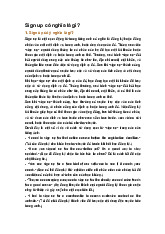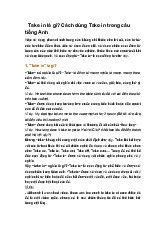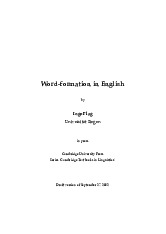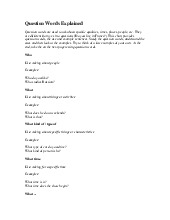

Preview text:
MINI TEST VOWELS & CONSONANTS
Choose the best answer for each of the questions below :
1. Which of the statement is TRUE ?
a. Vowels and consonants differ from each other in their distribution.
b. Vowels and consonants differ from each other in the way air flow is obstructed
in the production of the sound.
c. Vowels and consonants differ from each other in relation to how much they
obstruct the sir flow and what position they can occupy. 2. Diphthongs _____
a. are the combination of two single vowels.
b. consist of a movement or glide from one vowel to another. The former of which
is much longer and stronger than the other.
c. are two single vowels appearing within a syllable.
3. Which of the following is not a principle of vowel classification ? a. Shape of mouth b. height of tongue c. vibration of vocal folds
4. Vowels followed by fortis consonants are _____ a. voiced b. shortened c. lengthened
5. ______begin like plosives but end like fricatives. a. Nasals b. Bilabials c. Affricatives
6. The english ______ end in / ə / a. Centring diphthongs b. retracting diphthongs c. closing diphthongs
7. The consonants / b / and / p / are different from each other in their ____ a. Voicing b. place of articulation c. articulators
8. ______ are pronounced with the cantact made between lower lip and upper teeth. a. Fricatives b. labio-dental consonants c. dental consonants
9. Sounds produced with complete obstruction of air stream are _____ a. Fricatives b. plosives c. approximants
10. When / l / is produced the air escapes along the sides of the ____ a. Alveolar ridge b. glottis c. tongue
11. The initial sound of GATE is a(n)_____ a. Affricative b. plosive c. nasal
12. The initial sound of THANK is a(n)_____ a. dental b. palatal c. velar




